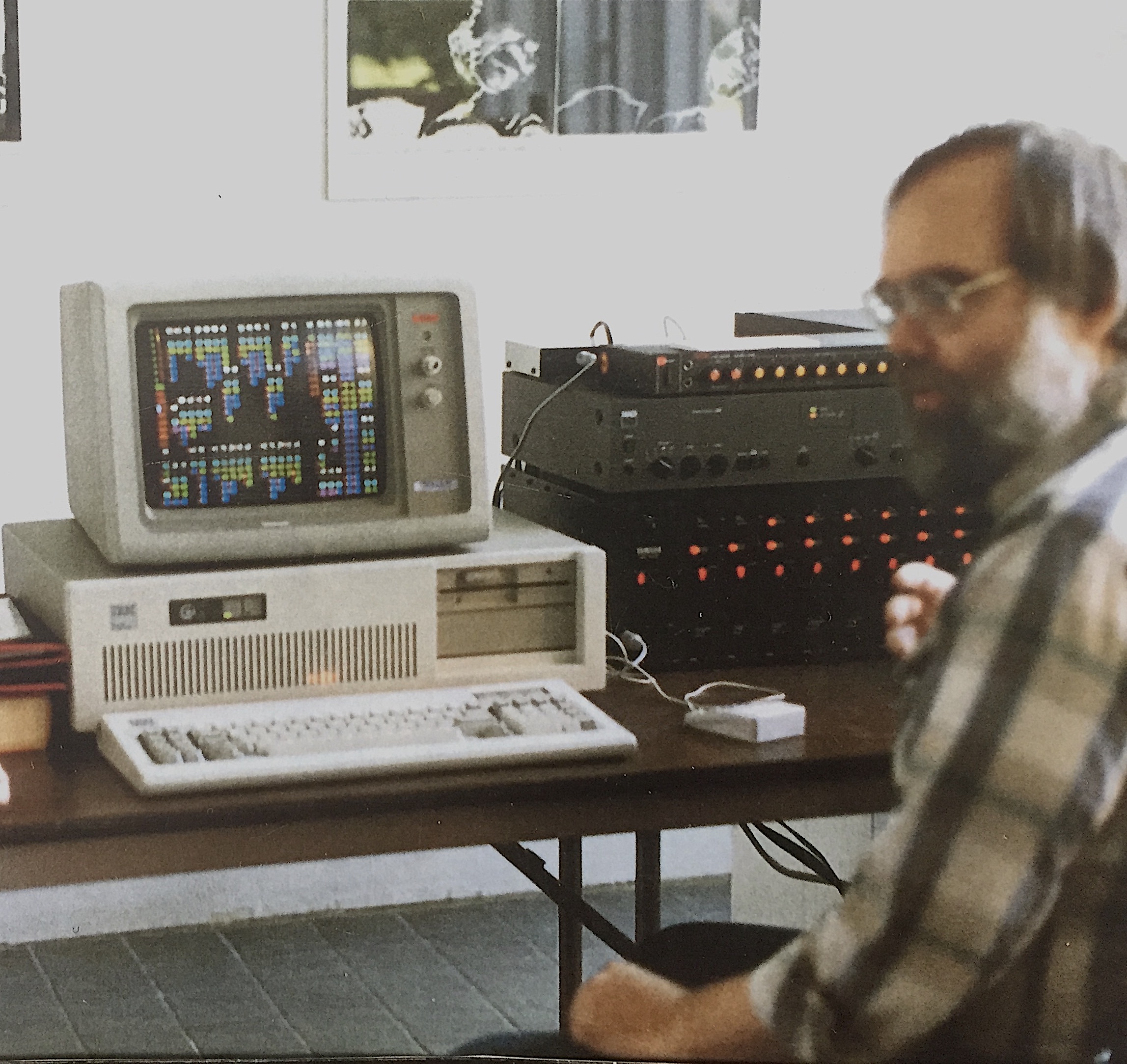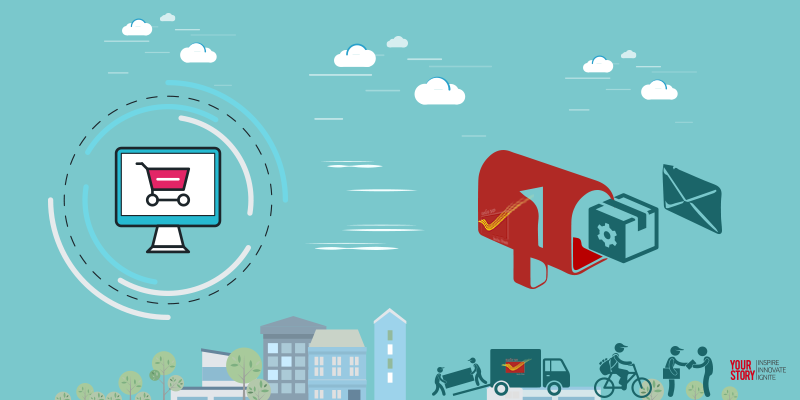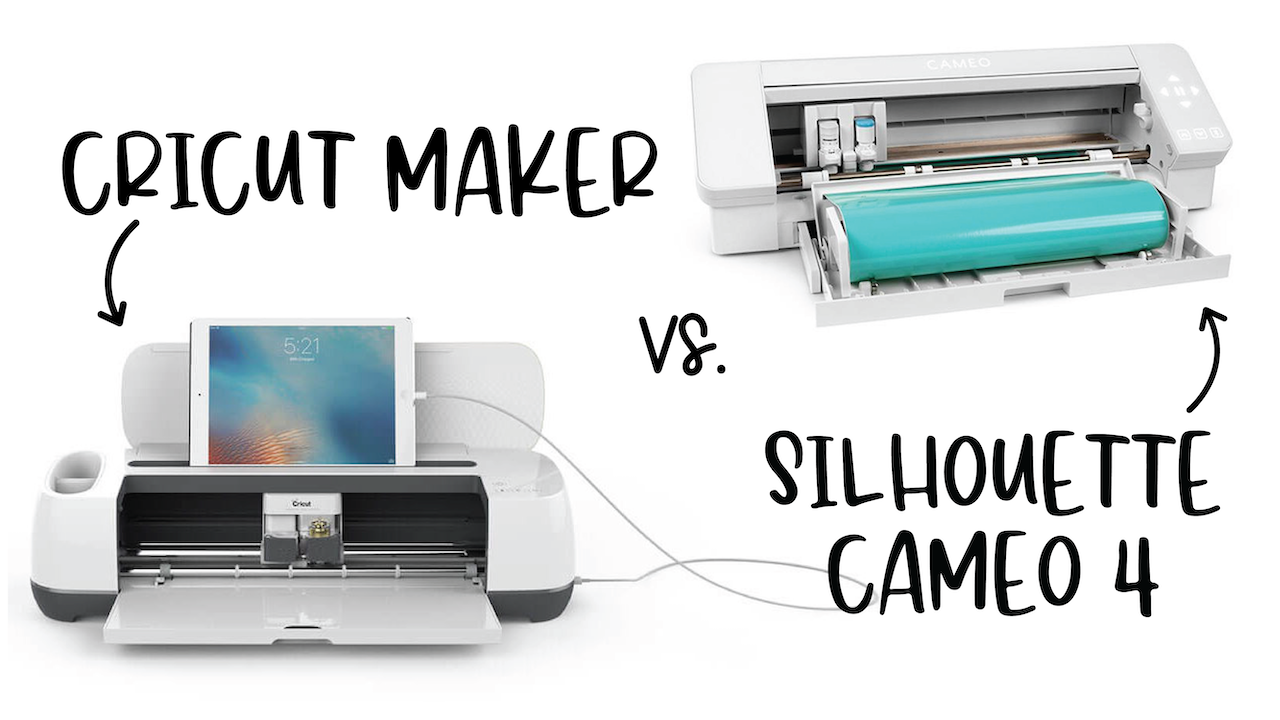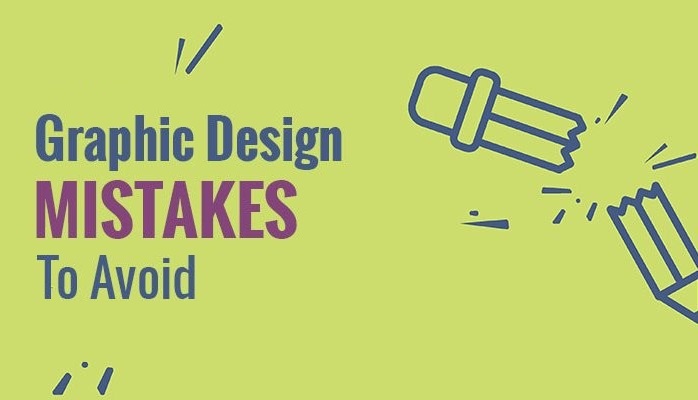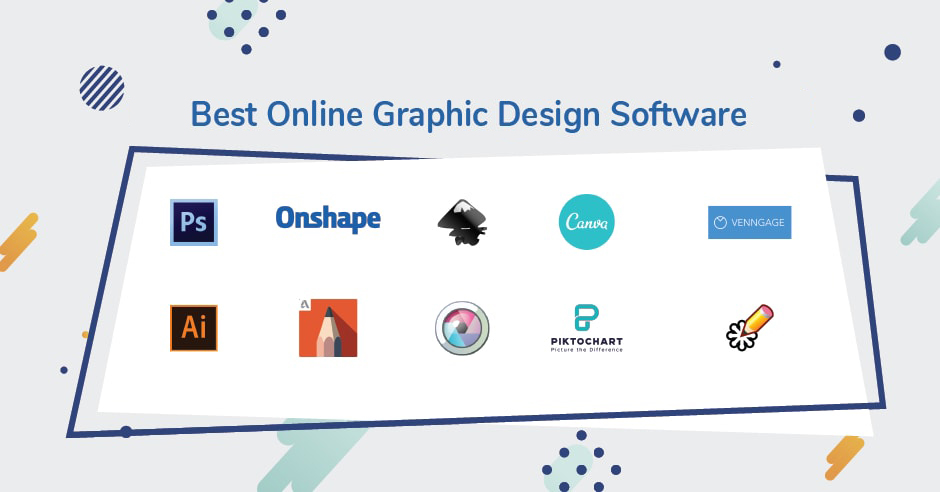Graphic design, which is also referred to as communication design, is the art and skill of planning and projecting ideas plus experiences with visual elements and text. This can be a physical or virtual form of communication, and could have images, text or graphics. The experience can happen immediately, or over the long-term.
The work can take place at whichever scale, from a single postage stamp's design to a nationwide postal signage system, or from the digital avatar of a company to the far-reaching, interlinked physical and digital content of a global newspaper. It can be for whatever purpose, even if it is commercial, cultural, educational or political.
It is easy to notice design that is intended to be instantly experienced, and which has been here for the longest time. For more than a century, designers have been placing together images on packages, posters, advertisements and other printed stuff plus graphics, information and visualization for magazines and newspapers.
Just the same, motion graphics are prearranged and crafted, though these are intended to be experienced over a fixed period of time - like of a movie's opening credits or an online video intended to go together with a newspaper article.
Book and magazine design goes way back in history. Even if physical or digital, these objects are meant to be enjoyed for a long time, while the reader manages the pages and the sequence of his/her experience. When it comes to books, content often comes ahead of the design, whereas in magazines, the design expects visual elements and text that are not yet made.
A number of commercial sites/exhibition catalogues fall under this category - just like physical/digital museum displays that present consistent information. Though everything has fixed content, users decide on their path by means of the material.
Most designers make systems with the intention that they will be experienced for a long time, but are not limited to creating objects. Some may consider a sign/symbol in a private/public building as a design work; this is just part of a bigger system in the building.
This system's design, which is the relationship of one part to another, is that which is given value by the designer. In the same way, all artwork of a commercial/institutional brand including logos, signs, business cards and advertisements are personal design expressions, but the way they are experienced altogether over the long time is the design work.
In addition, designers are in charge of interactive designs in which the content is fluid, at times changing every now and then, and interfaces that let users navigate through complicated digital experiences. To distinguish itself, this work has included some other element: responding to the viewer's actions.
The most tangible illustration of content-driven work is editorial design for both web and mobile, which consists of blogs, mobile apps and publication websites. Some design entails presenting streaming information, also called data visualization. There are designers that create digital products or digital services/platform that can be made accessible to many.
Product design for web and mobile is connected to software design. At times, some designers develop user interface design (or UI) - which are the individual layouts of pages - and user experience design (or UX), which is the user's overall experience as they navigate across a website/app.
